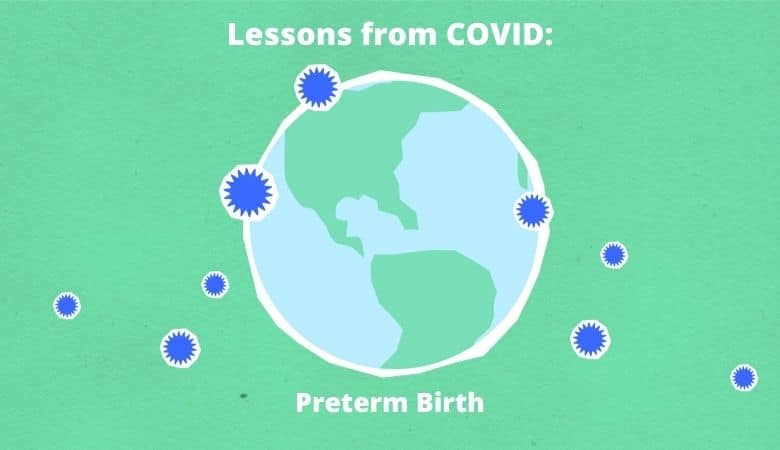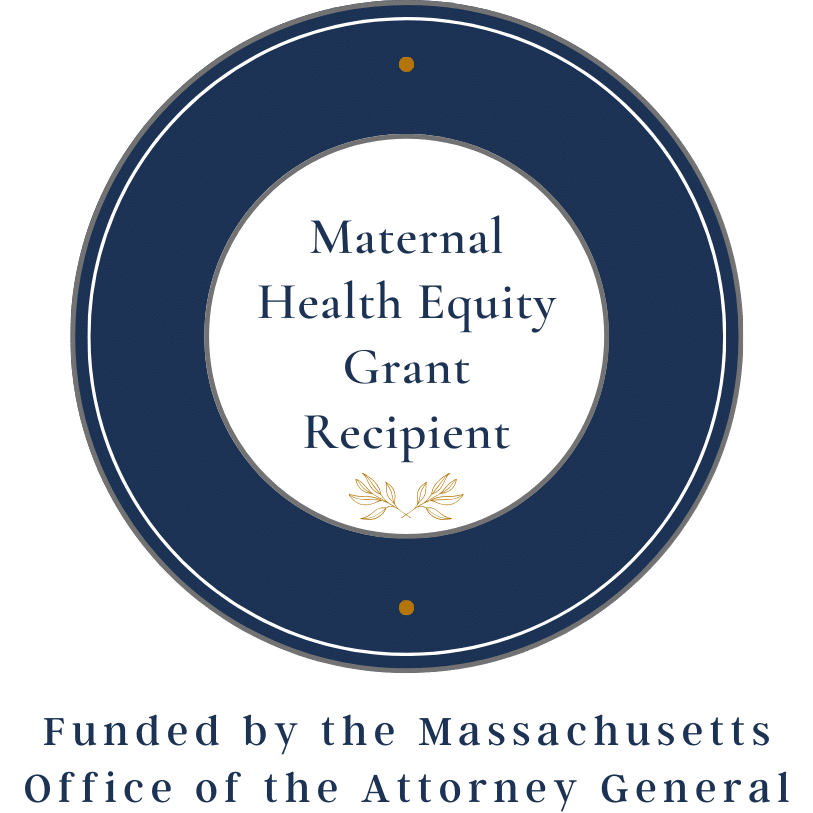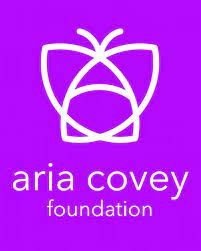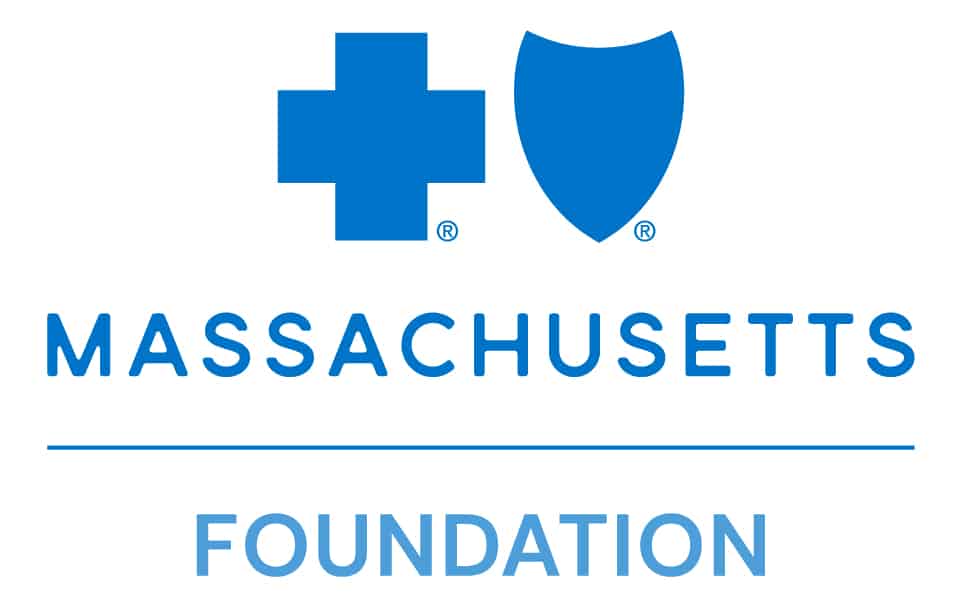First of four in a series
Anniversaries (of birth, marriage, death, countries’ independence, war, peace) are an opportunity to celebrate, mourn, reflect back, project forward. The US and the world are marking one year of COVID, worthy of a moment’s reflection. Some countries have vanquished COVID, most have not. Our collective response to the pandemic has brought forward vulnerabilities that will outlast the pandemic, unless we use this as opportunity for long-term change. This essay on preterm birth is one in a series of four blogs, exploring a few such opportunities in our small corner of a world we all work so hard to improve.
Preterm birth and lockdowns
Quick, without thinking too hard, how would you expect COVID and lockdowns to impact prematurity rates? Research studies from seven countries on four continents indicate that . . . it depends. Not surprisingly, the findings are different in high- and low-income countries.
A study in Nepal found “an increase in stillbirth and neonatal mortality and decrease in quality of care . . . and an urgent need . . . to protect access to high quality intrapartum care . . . for the most vulnerable health system users during this pandemic period.” [1] Sound familiar? Health disparities exist on national, regional and local levels.
The World Health Organization also noted “significant disruption of supply and demand of maternal and neonatal health services and economic barriers for families to access the available services.”[2]
Western countries: speculation on differences
Research in western countries tells a different story. With COVID and accompanying lockdown restrictions, the number of premature births has dropped significantly. Why? Short answer—we don’t know, but researchers, clinicians, and journalists have speculated several reasons:
- Less pollution: With fewer people commuting to work and other activities, with some factories closed, or cut back, there is measurably less air and noise pollution. Some common pollutants are known to affect birth outcomes, including prematurity.
- Hygiene awareness: With varying levels of lockdown, social distancing, masks, and hand washing, pregnant women (and others) are less exposed to all kinds of pathogens that might threaten their health and lead to preterm labor.
- Working from home: Working from home can be a mixed blessing, depending on an individual’s home and work environments and demands. For some women, the flexibility and ability to rest when needed could support a more relaxed and safe pregnancy.
- Iatrogenic (induced inadvertently by a physician, medical treatment, or diagnostic procedure) causes: While prenatal care is important to detecting and solving potential problems early, it is also known to cause some problems and to identify and intervene in problems that may well resolve on their own.
The rate of extremely preterm birth (before 28 weeks) dropped significantly (63% to 90%), but other preterm birth rates <34 weeks did not, suggesting that COVID lockdown restrictions may have postponed extremely preterm labor in some high-risk pregnancies. There is enormous difference in outcomes and care between birth at 28-29 weeks and 32-33 weeks. Even when preterm birth cannot fully be prevented, mitigation is possible, saving lives and improving short- and long-term health.
This phenomenon is NOT a “silver lining” of COVID. Too many people have died, had serious illness, will continue to suffer long-term effects to talk in terms of silver linings. Rather, this phenomenon of reduced preterm birth begs many questions. While preterm birth is complex and not well understood, we know that many medical, social, economic, environmental, and other factors contribute to its likelihood.
An opportunity to improve outcomes
How can the trends in COVID lockdowns and restrictions inform research and policies that will improve outcomes for all babies, during and after COVID? How many preterm births and infant deaths can we prevent with societal, community, government measures that prioritize protection of babies and their mothers?
These trends, both positive and negative, create an opportunity, a mandate, to understand more deeply who is impacted and how and what it is about COVID and lockdown that helped keep some babies growing in utero for longer.
To honor all those who have died and those who have suffered from COVID, short- and long-term, we must drill down on the causes of prematurity, use our knowledge, experience, research past, and research to come to increase safety and improve outcomes for all babies.
Read the second blog of this series, on parents as essential caregivers; the third, on pregnancy and drug trials; and the fourth, on breastfeeding.
[1] Ashish KC et al, “Effect of the COVID-19 pandemic response on intrapartum care, stillbirth, and neonatal mortality outcomes in Nepal: A prospective observational study” Lancet Glob Health 2020; 8: e1273 81
[2] Lincetto, O and Banerjee, A. “World Prematurity Day: Improving survival and quality of life for millions of babies born preterm around the world. “ Am J Physiol lung Cell Mol Physiol. 319: L871- L 874, 2020.









